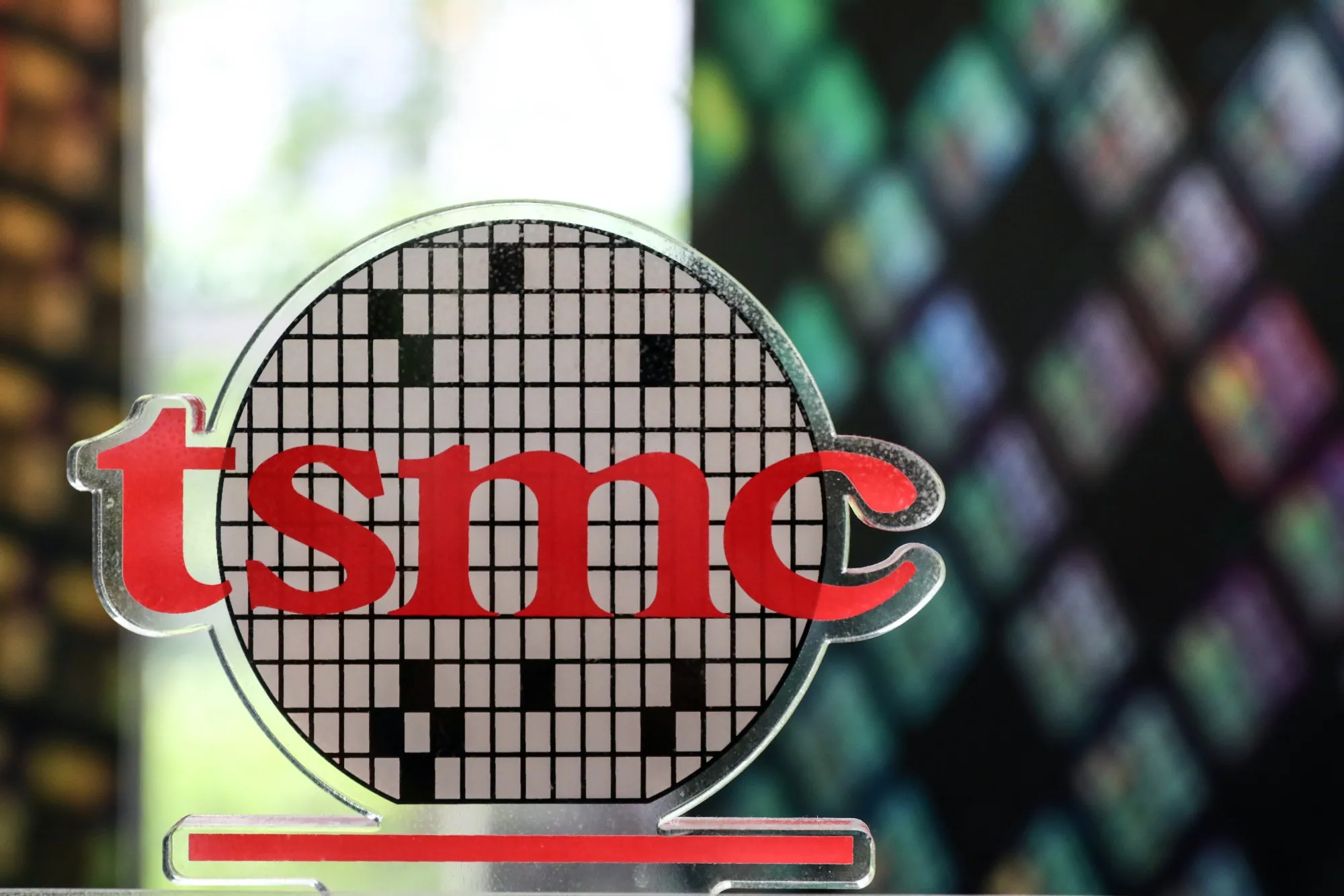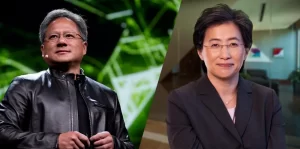The CEO of TSMC, the world’s top semiconductor manufacturer, shared insights on energy-efficient computing. They discussed this in relation to TSMC’s advanced 2 nm process, illustrating the company’s vision for the future. This blog post delves into the key points made by the TSMC CEO and their implications for the tech industry.
The Surge in AI-Related Demand
TSMC CEO emphasized the growing demand for AI, solidifying their belief in the significance of energy-efficient computing. AI relies on massive computational power, and TSMC’s advanced semiconductor tech is leading the way in making AI more efficient.
Read More: Intel Foundry, Even if Successful, Will Be Overshadowed by TSMC: Chang
Expanding Technological Value of TSMC 2 nm Process
TSMC’s technology platform is expanding beyond the mere geometry of semiconductor components. The focus is shifting towards enhancing power efficiency, a critical aspect in today’s world where energy conservation is paramount. Energy efficiency is not only essential for environmental sustainability but also for reducing operating costs and improving overall performance.

Image Credit: TSMC
Process Technology Complexity of TSMC 2 nm
The CEO of TSMC noted that with growing complexity in semiconductor technology, lead times and customer involvement must start earlier. This highlights the fast-paced changes in the semiconductor industry. TSMC is responding by investing in advanced technology development and enhancing cooperation with its clients to meet the demands of more intricate applications.
Read More: How TSMC is a Winner in Intel’s Recent Announcement
Technology and Backside Power Rail Solution of TSMC 2 nm Process
One of the most significant revelations in the CEO’s statement is the progress of TSMC’s N2 technology development. This technology is on track for volume production in 2025. N2 represents the company’s commitment to pushing the boundaries of semiconductor technology, focusing not just on miniaturization but also on energy efficiency.
Additionally, TSMC has introduced the N2 with a backside power rail solution, tailored for High-Performance Computing (HPC) applications. High-Performance Computing (HPC) plays a crucial role in tasks needing substantial computational power, like scientific simulations, AI training, and complex data analysis. TSMC’s introduction of the backside power rail solution strategically aligns with the increasing demand for energy-efficient HPC, addressing this market’s specific needs.
“The recent surge in AI-related demand supports our already strong conviction that demand for energy-efficient computing will accelerate in an intelligent and connected world. The value of our technology platform is expanding beyond the scope of geometry alone and increasing toward great power efficiency. In addition, as process technology complexity increases, the lead time and engagement with customers also started much earlier. As a result, we are observing a strong level of customer interest and engagement at our N2, similar to or higher than N3 at a similar stage from both HPC and smartphone applications. Our N2 technology development is progressing well and on track for volume production in 2025. As part of N2-technology platform, we also developed N2 with backside power rail solution, which is the best suited for HPC applications. We are targeting backside power rail to be available in the second half of 2025 to customers with production in 2026.”
~ TSMC CEO
Read More: Intel to Start Mass EUV Production in Ireland; 2 Out of 5 nodes achieved
Conclusion
TSMC’s CEO provides insights into the semiconductor industry’s role in shaping an intelligent and connected world. Their commitment to energy-efficient computing through technologies like N2 and the backside power rail solution reflects their dedication to meeting evolving industry needs, from high-performance computing to smartphones.
With the increasing demand for energy-efficient computing, TSMC and similar companies are poised to drive innovation, reduce energy consumption, and lead the tech industry towards a more sustainable future. TSMC’s relentless pursuit of semiconductor advancements is set to profoundly impact the digital landscape and the future of intelligent, connected systems.




